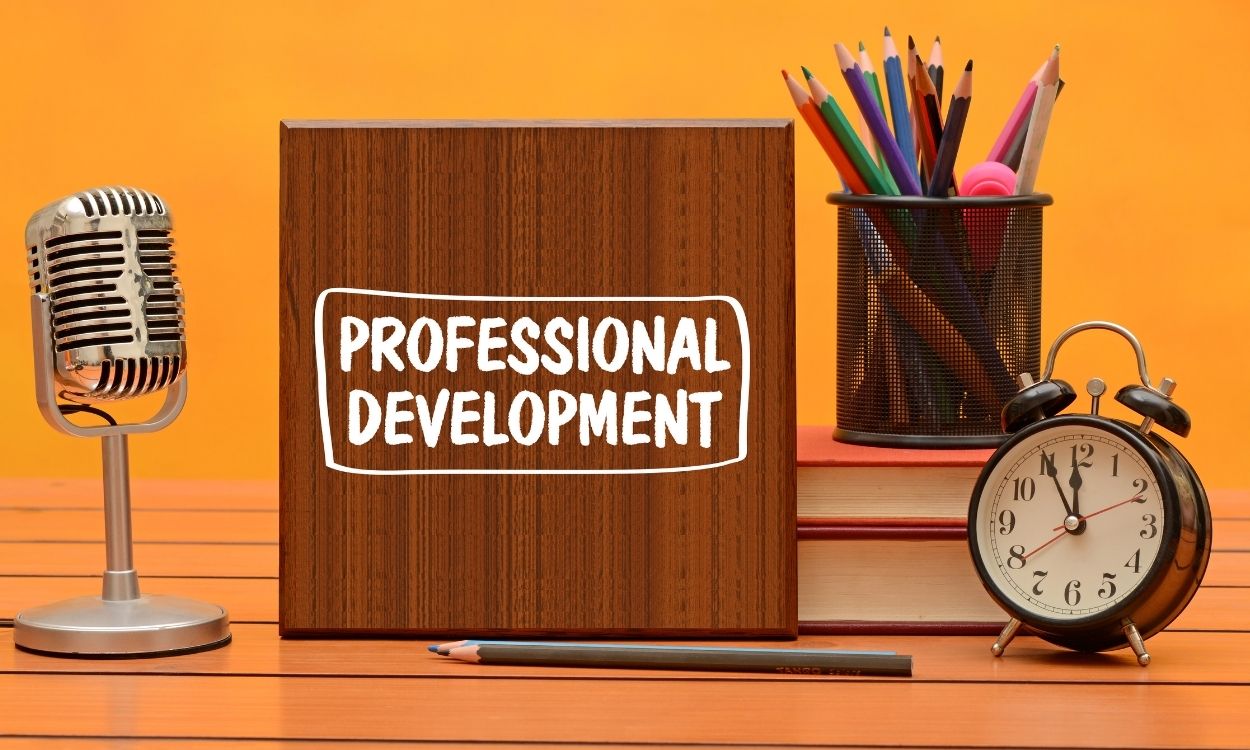It is no secret that schools at all grade levels are severely underfunded which often results in students not receiving the quality of education they deserve. In an attempt to make up for their school budget’s shortcomings, teachers may use their own money to purchase supplies that their students need. But what if there was another way?
Did you know that there are classroom and schoolwide grants available? These funds can come from the federal government or private companies like Target, Walmart and Elmer’s Glue, and even local sports teams. Grants can be awarded for a wide range of subjects and financial needs. While the application process may be daunting, the potential reward more than makes up for the work you put in. That said, you are probably wondering what are the different types of school grants?
Grants are awarded annually in areas of STEM, professional development, funds for classroom enrichment, student achievement, humanities, and many other areas. These grants can make up for the nonexistent school budgets and give educators the opportunity to purchase resources that would otherwise be inaccessible due to budget constraints. The best part is that grants do not need to be repaid and do not affect a teacher’s salary. Some grants may even be awarded on a multiyear basis to allow for long term planning and program development. The amounts of funding available, time it takes for the selection process and the requirements needed to qualify for the grant can be completely different depending on what your needs are. It is a great idea to check out multiple agencies to find a grant that works best for you.
Related: 7 Different Types of School Funding
Government Grants

The U.S. Department of Education gives away about 25 billion dollars per year in grant money largely as part of Every Student Succeeds Act which was signed into law in 2015. Many of these awards are given to low performing schools with a large at-risk population. The goal of these grants are to help more students succeed and ultimately graduate high school. The programs are based on other similar programs around the country in schools with similar needs which are having successful results. These grants are labeled as cooperative grants which means the Department of Education will have substantial involvement with the grantee and their implementation of programs and usage of funds in order to meet the objectives of the grant.
The U.S. Department of Education also offers grants for foreign language programs, libraries and other areas that may be forgotten about but have been proven to be beneficial for a student’s school experience. There are currently 250 different grants listed on their webpage that teachers and other school administrators can apply for based on a variety of needs. Application deadlines and requirements vary.
STEM Grants
If you are a creative, innovative type of teacher who needs additional funds for science curriculum and activities in the classroom, there are plenty of STEM grants available. These grants can range from $200-75,000! Can you imagine what a difference a $75,000 grant would make at your school? These grants are available to use for the technology and supplies needed to advance your students’ learning experience in the areas of science, technology, engineering, and math. The proposals required to apply for these grants can be pretty extensive and also competitive. They will usually require a full lesson plan with goals and objectives plus financial statements to show where money has been spent in the past and how it is intended to be used in the future.
One notable grant is the Honda Community Grant whose mission is to “help meet the needs of American society in the areas of youth and scientific education by awarding grants to nonprofits, while strategically assisting communities in deriving long-term benefits.” The American Honda Foundation rewards applicants who are imaginative, creative, youthful, and forward-thinking in STEM areas as well as the environment. They accept applications three times per year, but each organization is only able to apply once in a 12-month period. So that means for large schools only one department can apply per year. The American Honda Foundation has awarded an average of 27 grants per year for the last five years.
Related: 8 Top Grants for STEM Teachers
Professional Development Grants for Teachers

Professional development and continuing education opportunities are essential to an educator in order to enrich and advance your career. Professional development for teachers relates to the increased development of skills throughout their career needed to strengthen their educational practices. It ensures that standards remain high and up to date, with a focus on best practices, new teaching strategies, and how to use technology in and out of the classroom. Since extra money for professional development is probably not something most teachers have a ton of, professional development grants can fund professional development, classroom enrichment, field trips, supplies, and just about anything else that goes into improving the quality of education for your students.
Grants vary in application requirements and amount awarded, but it seems as if there are new grants to apply every month. Most require a personal statement and financial documents to show that there is financial need. Some grants will give you free admission and cover travel expenses to workshops in various parts of the country while others will award you cash to put toward either classroom expenses or other development areas.
Funds for Classroom Enrichment and Student Achievement
Classroom enrichment is an extended learning opportunity for students who have already mastered a basic curriculum. Programs related to classroom enrichment allow students to have more time to study concepts with more complexity in order to further their understanding of a subject. These activities usually need to be personalized to fit each students’ individual capabilities which is another reason they can be time consuming to plan and also expensive to execute. Since these activities are seen as extras or go above and beyond what a school identifies as basic curriculum, the funds may not be available to purchase supplies in this area. These additional lessons and activities also help increase student achievement since they will help a student retain information and encourage them to continue learning about the subject.
Grants in this area can fall under different categories, like STEM, but even for subject that are not STEM related, grant money is available. Large companies like Walmart and Dollar General have grants which awards funds for books and classroom materials used for enrichment activities. The awards range from $250-10,000 annually. Another donor is the Snapdragon Book Foundation which provides books to classrooms pre-K all the way up to 12th grade. Some grants in this area are geared toward kids who have fallen behind for their grade level and the intention is to provide books or activities which may show a different way of learning or spark their interest in the subject while others are not as specific in their requirements.
Humanities Grants

STEM has gotten a lot of attention lately, but humanities are also an important area of education. Grants in this area largely revolve around research to further expertise in the areas of history, language, philosophy, literature, and fine arts. These areas of study are extremely important, but funding has been cut significantly and more cuts will probably occur since Covid is making all areas of society reevaluate their budgets. While there may not be as many grants available in these areas, some do exist.
The National Endowment For The Humanities is an independent federal agency and is one of the largest funders of humanities programs in the country. The National Endowment For The Humanities has awarded more than $5.6 billion for humanities projects through more than 64,000 grants since it was created in 1965. Many of the awards given are for educators to attend summer programs with other educators and scholars in the area of humanities you are interested in where you will visit collections in libraries and museums and also exchange ideas about your teaching experience and strategies in the humanities. Some awards are specified for programs that will reach diverse public audiences and ensure the long-term availability of resources in the humanities and others provide funding for the ongoing research toward the development of books or documentaries in your particular areas of study. While the grants in this area may not directly benefit the classroom, having educators well versed in the humanities is crucial in developing well rounded students.
Hopefully the information above has inspired you to seek grant funding for your school or classroom. Not only will the grants allow you to expand the number of resources your students have access to, but you can also do so without reaching into your own bank account. The grant application process can be challenging and highly competitive, but after a few tries it will become much easier. Remember, if you never try, you will never be rewarded. Best of luck in the application process!




